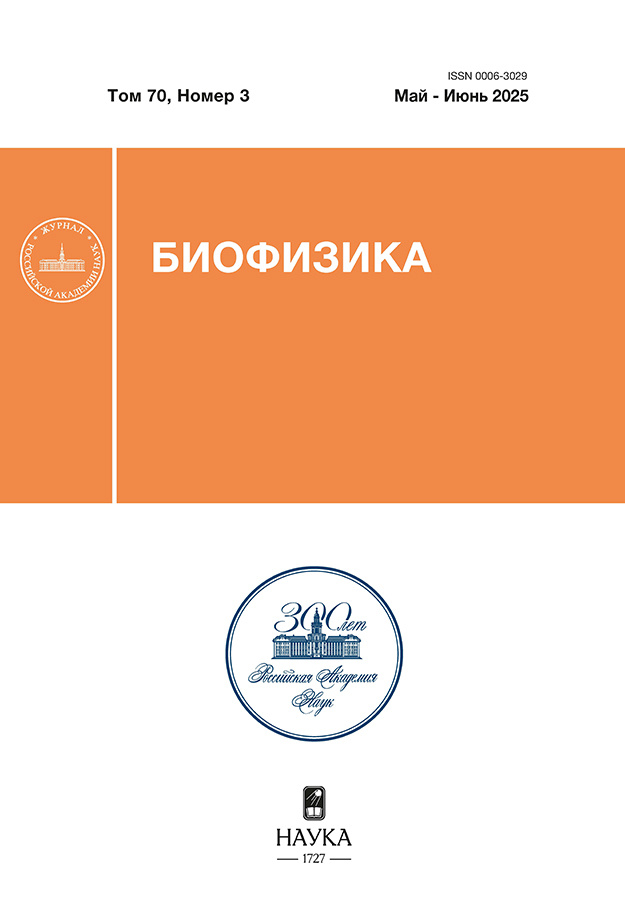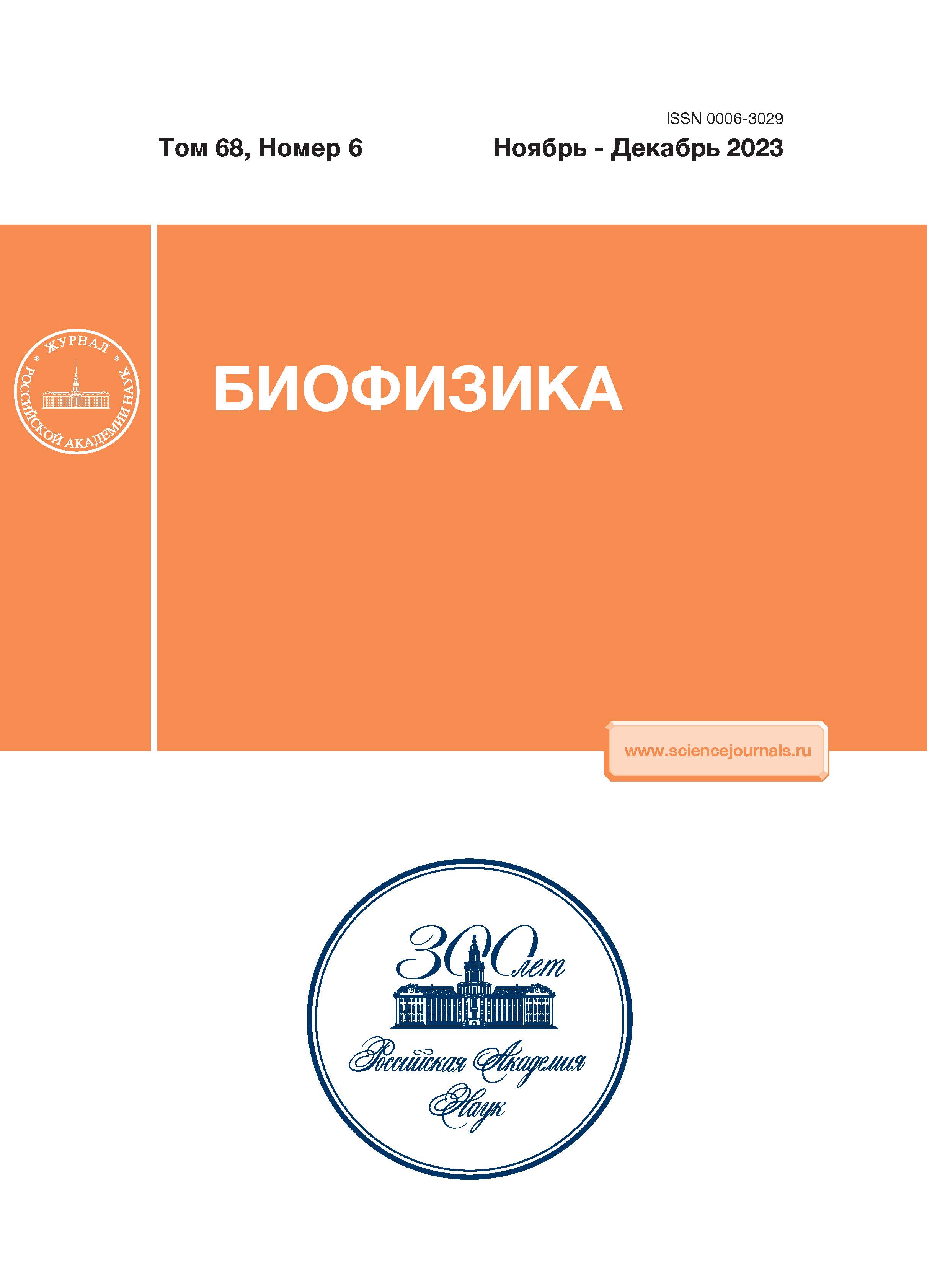Метод краткосрочного прогноза ультрадианных и инфрадианных ритмов на основе регистрации флуктуаций радиоактивности калия-40
- Авторы: Диатроптов М.Е1, Диатроптова М.А2, Слесарев С.М3
-
Учреждения:
- Институт проблем экологии и эволюции им. А.Н. Северцова РАН
- НИИ морфологии человека имени академика А.П. Авцына Российского научного центра имени академика Б.В. Петровского
- Ульяновский государственный университет
- Выпуск: Том 68, № 6 (2023)
- Страницы: 1251-1258
- Раздел: Статьи
- URL: https://kld-journal.fedlab.ru/0006-3029/article/view/673252
- DOI: https://doi.org/10.31857/S0006302923060169
- EDN: https://elibrary.ru/RLHRXY
- ID: 673252
Цитировать
Полный текст
Аннотация
В Москве и Ульяновске проведено одновременное наблюдение флуктуаций радиоактивности от природного изотопа калия-40. Показано, что изменения скорости счета от источников в данных географических точках не одновременны, а синхронизированы по местному солнечному времени. Основываясь на этом наблюдении и учитывая, что флуктуации радиоактивности коррелируют с ритмами температуры тела, разработан и подтвержден метод краткосрочного прогноза ультрадианных ритмов активности животных. Также проведен анализ согласованности динамики интенсивности флуктуаций распада и ежесуточных показателей прироста клеточной культуры L-929. Установлено, что наивысший коэффициент корреляции регистрируется при сопоставлении показателя пролиферативной активности культуры с величиной интенсивности флуктуаций распада, взятой за предыдущие сутки. Таким образом, основываясь на данных о флуктуациях радиоактивного распада калия-40, являющихся индикатором биотропного фактора среды, можно проводить краткосрочные прогнозы ультрадианных и инфрадианных биологических ритмов.
Ключевые слова
Об авторах
М. Е Диатроптов
Институт проблем экологии и эволюции им. А.Н. Северцова РАН
Email: diatrom@inbox.ru
Москва, Россия
М. А Диатроптова
НИИ морфологии человека имени академика А.П. Авцына Российского научного центра имени академика Б.В. ПетровскогоМосква, Россия
С. М Слесарев
Ульяновский государственный университетУльяновск, Россия
Список литературы
- Л. Я. Глыбин, В. А. Святуха и Г. Ш. Цициашвили, Биофизика, 40 (4), 829 (1995).
- C. Focan, G. Cornelissen, and F. Halberg, In Vivo, 9, 401 (1995).
- C. Maschke, J. Harder, G. Cornelissen, et al., Biomedicine & Pharmacotherapy, 57, 126 (2003).
- R. Jozsa, A. Olah, G. Cornelissen, et al., Biomedicine & Pharmacotherapy, 59, 109 (2005).
- В. Я. Бродский, Биохимия, 79 (6), 619 (2014).
- I. D. Blum, L. Zhu, L. Moquin, et al., Elife, 3, ID e05105 (2014).
- C. Bourguignon and K. F. Storch, Front. Neurol., 8, ID 614 (2017).
- М. Е. Диатроптов, Г. Н. Арсеньев, В. C. Шатеева и др., Ученые записки Крымского федерального университета имени В. И. Вернадского. Биология. Химия, 8 (1), 76 (2022).
- М. А. Диатроптова, А. М. Косырева, О. В. Макарова и др., Бюл. эксперим. биологии и медицины, 172 (8), 244 (2021).
- М. Е. Диатроптов, Н. В. Ягова, Д. В. Петровский и А. В. Суров, Бюл. эксперим. биологии и медицины, 171 (5), 639 (2021).
- М. Е. Диатроптов и М. А. Диатроптова, Бюл. эксперим. биологии и медицины, 171 (6), 777 (2021).
- М. Е. Диатроптов и А. В. Суров, Докл. РАН. Науки о жизни, 509 (1), 137 (2023).
- С. Э. Шноль, Космофизические факторы в случайных процессах (Svenska fysikarkivet, Стокгольм, 2009).
- А. Г. Пархомов, Космос. Земля. Человек. Новые грани науки (Наука, М., 2009).
- В. А. Панчелюга и М. С. Панчелюга, Биофизика, 60 (2), 395 (2015).
- В. А. Панчелюга, Метафизика, № 4, 10 (2020).
- A. G. Parkhomov.Int. J. Pure Appl. Phys., 1 (2), 119 (2005).
- E. Fischbach, J. B. Buncher, J. T. Gruenwald, et al., Space Sci. Rev., 145, 285 (2009).
- S. A. Bogachev, A. G. Khralamov, I. A. Kishin, et al., J. Phys.: Conf. Series, 1690, 012028 (2020).
- V. Milidn-Sdnchez, F. Scholkmann, P. Fernandez de Cbrdoba, et al., Sci. Rep., 10, ID 8525 (2020).
- М. Е. Диатроптов, С. М. Слесарев и Т. А. Зенченко, Бюл. эксперим. биологии и медицины, 172 (7), 87 (2021).
- M. A. Blank, V. A. Gushchin, F. Halberg, et al., In Vivo (Athens, Greece), 9 (4), 395 (1995).
Дополнительные файлы











